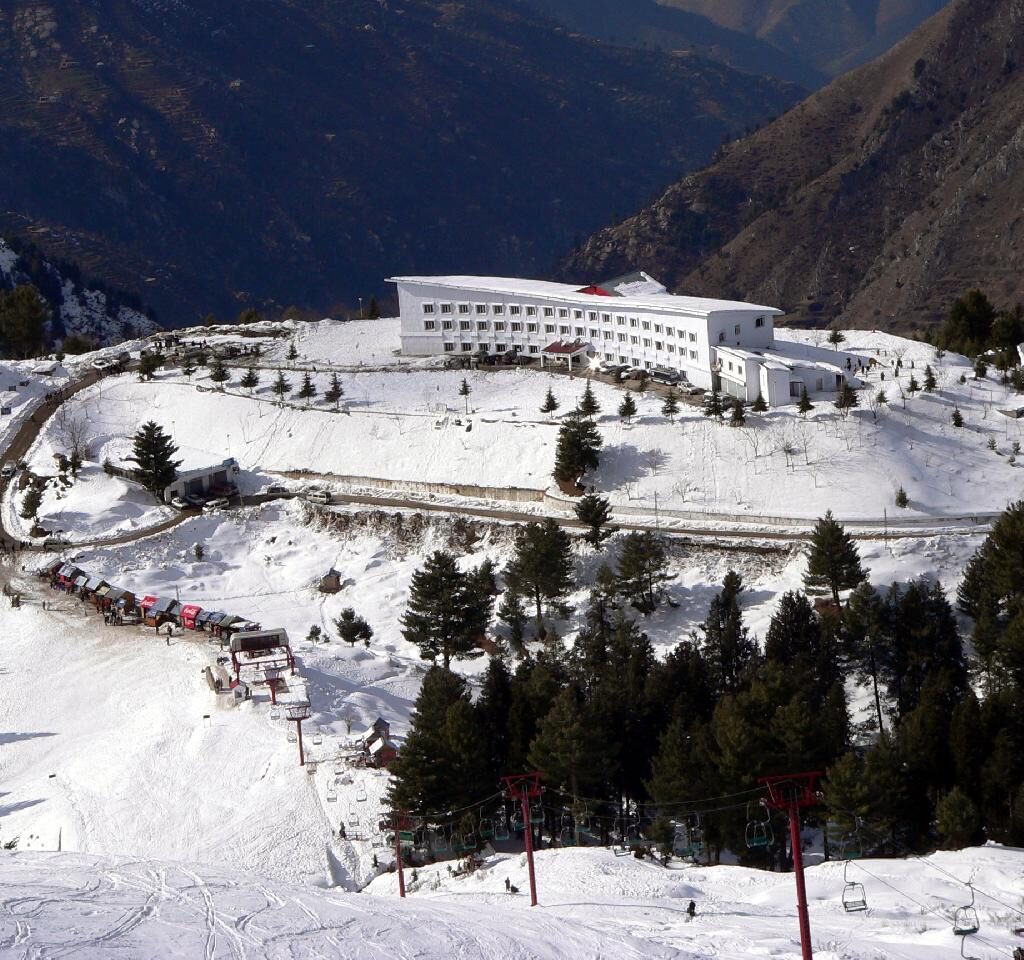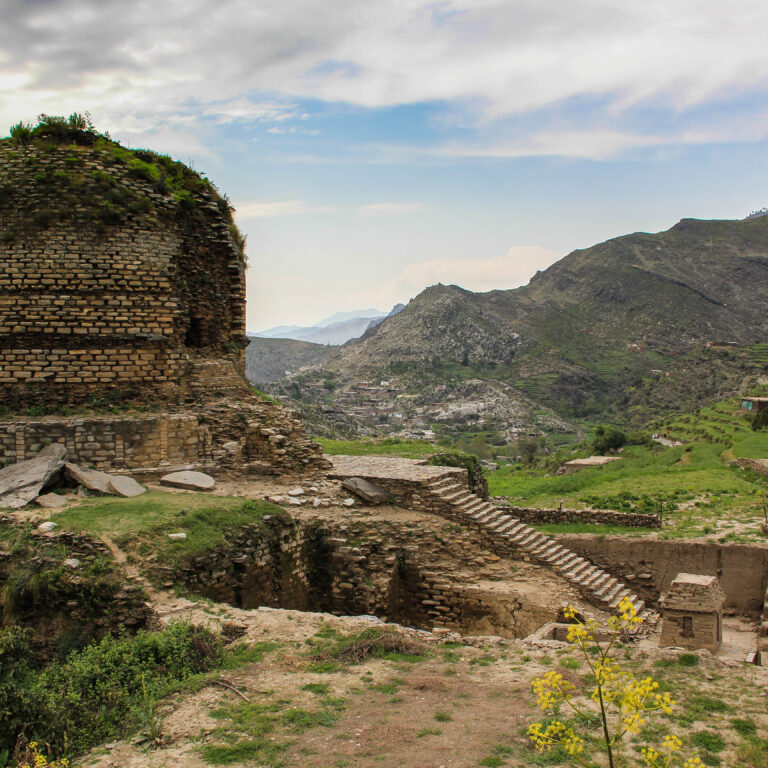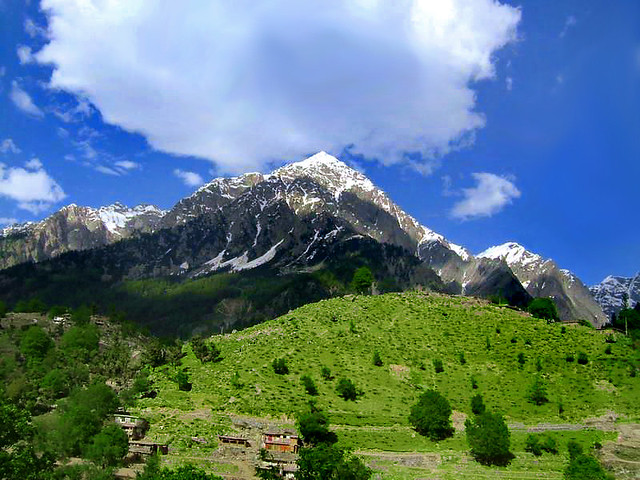Swat (Switzerland of Pakistan)



- Early historySwat was a center of Gandharan Buddhism in the ancient civilization of Gandharan. Alexander the Great conquered the area in 327 BC, but the inhabitants threw off Greek rule and became independent or semi-independent.
- Muslim occupationIn the early tenth century CE/AD, Muslims occupied Swat. Afghans from different tribes, known as Swati Pashtun, settled in the area and remained independent.
- Yousafzai conquest
In the first quarter of the sixteenth century, the Yousafzais conquered Swat and became the dominant segment. They lived in a tribal fashion, divided into two factions headed by tribal chiefs.
- State of Swat
In 1849, the Muslim saint Saidu Baba established the State of Swat. In 1918, the British recognized it as a princely state. In 1947, after Pakistan gained independence from Britain, Swat acceded to Pakistan.
- Merger with Pakistan
In 1969, Swat was dissolved and merged into Pakistan, becoming part of the North-West Frontier Province, which is now Khyber Pakhtunkhwa.
- Taliban takeover
In 2008, the Taliban took over Swat, promising to return the area to the “golden era” of the Wali. In 2009, Pakistan re-established control with a military action that destroyed much of Swat’s infrastructure and caused over two million refugees to flee.


